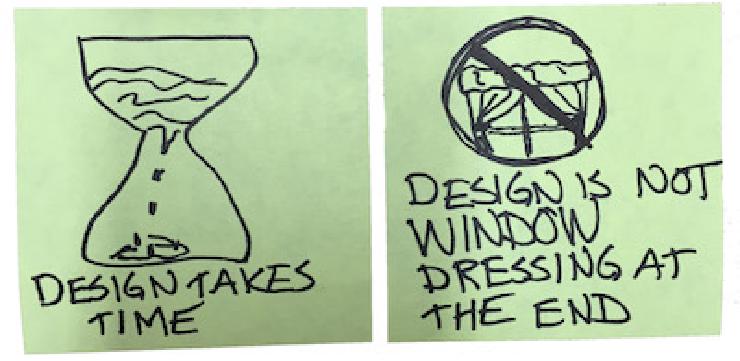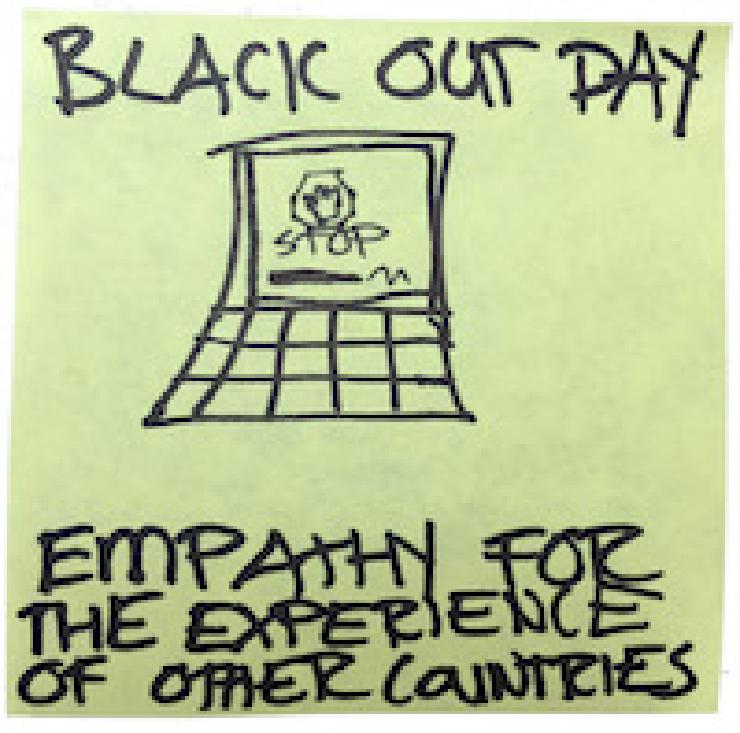Last week Simply Secure hosted a pilot workshop called Underexposed. A small group came together in San Francisco to:
- Share successes and challenges in secure user experiences.
- Describe processes and wishes for successful collaboration between designers, developers, and security professionals.
- Prioritize the most important topics and audiences for outreach.
We also held participant-proposed breakout sessions on topics ranging from “Making a Living” to “Privacy-Preserving User Research Metrics.”
You can download a pdf of photos capturing the post it notes from the sessions.
Top 3 Surprises
We’re hard at work synthesizing the discussion, but Underexposed is a community effort. Please reach out if you’re interested in being a reviewer of the output. Stay tuned for more outcomes, but here are three of the things from the notes that stood out to me.
Timing is Everything
One of our goals was to find specific ways to facilitate collaboration between designers and other teammates. Part of that effort involved identifying communication gaps and misconceptions about design. Timing came up as a common misconception. Budgeting sufficient time for design into a project plan is one way to insure success. We also heard a clear request to involve design earlier in the process, rather than tacking it onto the end after the technical challenges are met.

We heard an unmet need for project and product management expertise, and Simply Secure is working to build those skills in the secure communications community.
Lights, Camera, Action!
The group identified some surprising potential audiences for Simply Secure’s work normalizing Human-Centered Design for security. Journalists were consistently mentioned as a priority, but groups like celebrities and parents/grandparents unexpectedly surfaced as well.

Telling human stories about the lives of relatable people is an important part of communicating the value of secure communications.
Blackout Day
The community is looking for ways to build awareness of global security challenges. There’s a need for visual design that works across cultures, in addition to localizing the text in interfaces. Building empathy for the digital threats that people face in other geographies is challenging. Perhaps inspired by the 2012 protest against proposed internet legislation in the U.S., one creative way to help more people appreciate an open internet is to have a “Blackout Day,” simulating the conditions of internet restrictions.

Thanks to our participants’ lively discussion, Underexposed was a success. We’re working on ways to involve more people in the future.